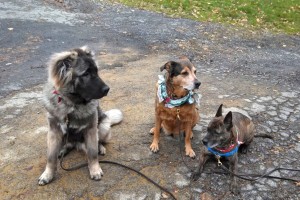An Addition to the Crew: Meet Mela!
I can’t pinpoint why the picture of a beautiful cream colored dog looking worried in someone’s car caught my attention, but I am very grateful that it did. I have been searching for an addition to my crew since a few months after losing Siri. We miss her every day but the sadness in my house was palpable. No playing, little in the way of smiles and just a lot of going through the motions without much enjoyment. I had talked to a couple of people about dogs fitting the general outline of what I was looking for and even arranged to meet a couple. The meetings never came to fruition for various reasons. There had not been a spark of recognition like I felt when I saw that picture. I like to think that fate intervened. The right dog was out there waiting for me. I needed her and she needed me.
Thankfully, my search onto the local lost and found dogs Facebook groups resulted in seeing the picture of the dog that would become Mela. I read through the thread and discovered that this beautiful Chow girl had been captured in a rough part of town by a good Samaritan. A call to Animal Control resulted in undesirable answers. She had been evidently running the streets for a couple of months so AC did not think that an owner was looking and that gave her very limited time in an ACO facility. This good Samaritan put out a plea for assistance on social media and one of my good friends came to the rescue. She came to take her until she could be transported to a local shelter that would care for her properly. I saw on the thread that my friend had her at the moment. I immediately texted her and asked with baited breath, whether she was friendly with other dogs.
The ride to the shelter the next morning revealed her practicing avoidance with my friend’s dogs, along for the ride in the car. This was a good sign! The next step for me was sending messages to the three people I knew who worked at that shelter. I was invited to come down and evaluate her myself. She was not showing any concerning signs at the shelter other than being very scared. We spent some time in the shelter’s play yard. She appeared to be very housetrained as well as knowing how to offer some behaviors such as sit and paw. An interesting development since she had been on her own in the world. I excitedly stopped by soon afterwards and met her. I found her far more welcoming than I expected.
I soon brought Kenzo down to meet her. That meeting went well, although not as smoothly as I had hoped. Kenzo is extremely dog friendly, but his sheer size is imposing to so many dogs. Mela was in a precarious situation, not knowing what would come next in her life. Having spent a couple of months on the streets of a not so friendly town, she had learned to be very wary. Some very appropriate mutual sniffing was exchanged. Kenzo tried to show her he was interested in playing but she was ready to correct him if he should act inappropriately. I saw her get ready to correct once and then stem that urge when she realized that she had no reason to. She was obviously very savvy at making assessments, a skill that had served her well in her time on the streets.
After the meeting with Kenzo, I made the decision to get her a few days before Thanksgiving, as a foster to adopt. I wanted to make sure that everyone could be comfortable enough together before I made a full commitment. I could not even imagine that this could go wrong but my first loyalty had to be to Kenzo and Trent.
Kenzo wasn’t very polite over the baby gate when I arrived home and let him and Trent out. Trent was his usual self which is initially rude to other dogs. Eventually that day, I had them in the yard all together as comfortably as expected. Kenzo and Mela shared some sniffing and even the water bowl. But Trent had no interest in camaraderie.
A couple of days later led to a joint walk that was very successful. I was also now able to walk out of the room without worrying what might happen if I left them all together. However, Mela followed me anyway so that was a moot point!
Kenzo spent some time wavering back and forth between jealousy at sharing me and “his” things versus delight that he had a playmate. Never mind that the playmate was still not comfortable with his size and although very interested in playing, conflicted with his Jekyll and Hyde persona. He growled at her periodically when she approached the water bowl or some toys. He soon realized that behavior was not going to be supported by me or even by himself if he ever wanted her to trust him.
Fast forward about two weeks. While I would not call them best buds yet, they are definitely more comfortable with one another now. Mela has taken to prodding Kenzo to play from a frontal position as opposed to from behind. And he gets credit for exercising a huge amount to bite inhibition while being very tolerant of her very assertive play style that includes coming away with the occasional mouthful of Kenzo fur. She is learning what constitutes a too enthusiastic playbite, thankfully.
Mela’s addition to my crew feels like fate. I look for that feeling when it’s time to add to the family. I am glad that I did not rush things and waited for the right dog to find me. Tell me in the spaces below, how you make the decision to add to your crew?
Posted in: Projects
Leave a Comment (2) →



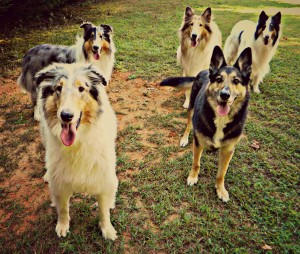
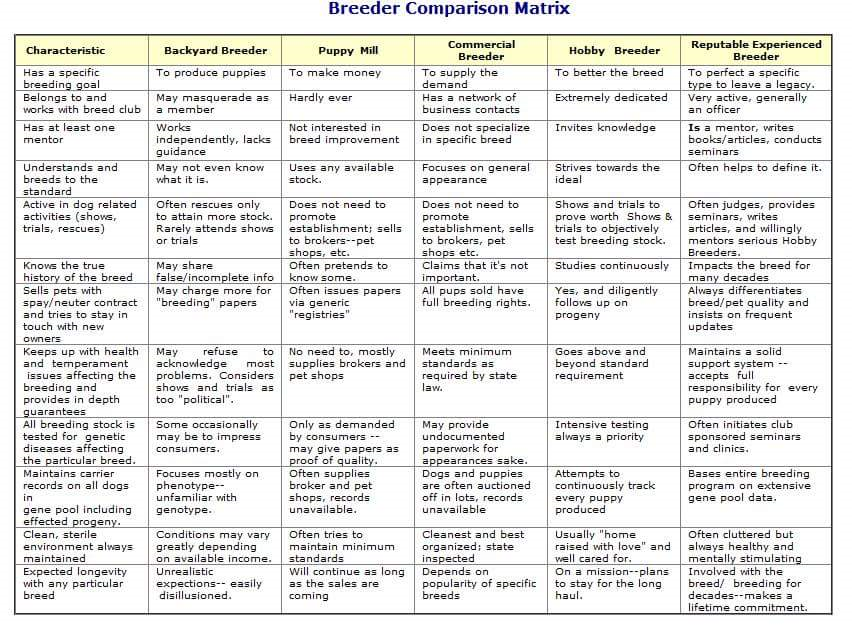

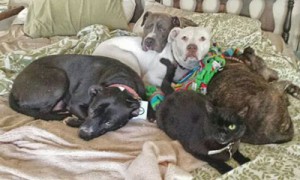

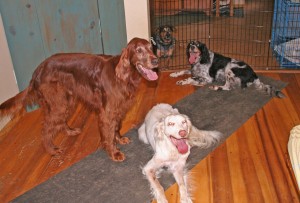

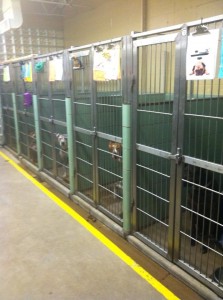

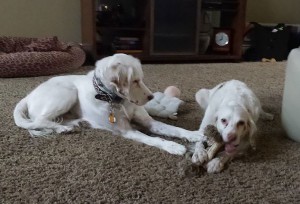

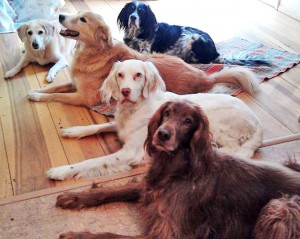

 Familial bonding is another often overlooked facet of this scenario. For example, most households have some sort of regular weekday work or school schedule that prevents a lot of bonding and togetherness during the workweek, whether that be weekdays or just several days strung together where the canines in the family get less interaction than they need for emotional stability. Consider then that the dogs in the home may sleep separately from the humans and you have very little togetherness going on.
Familial bonding is another often overlooked facet of this scenario. For example, most households have some sort of regular weekday work or school schedule that prevents a lot of bonding and togetherness during the workweek, whether that be weekdays or just several days strung together where the canines in the family get less interaction than they need for emotional stability. Consider then that the dogs in the home may sleep separately from the humans and you have very little togetherness going on.

